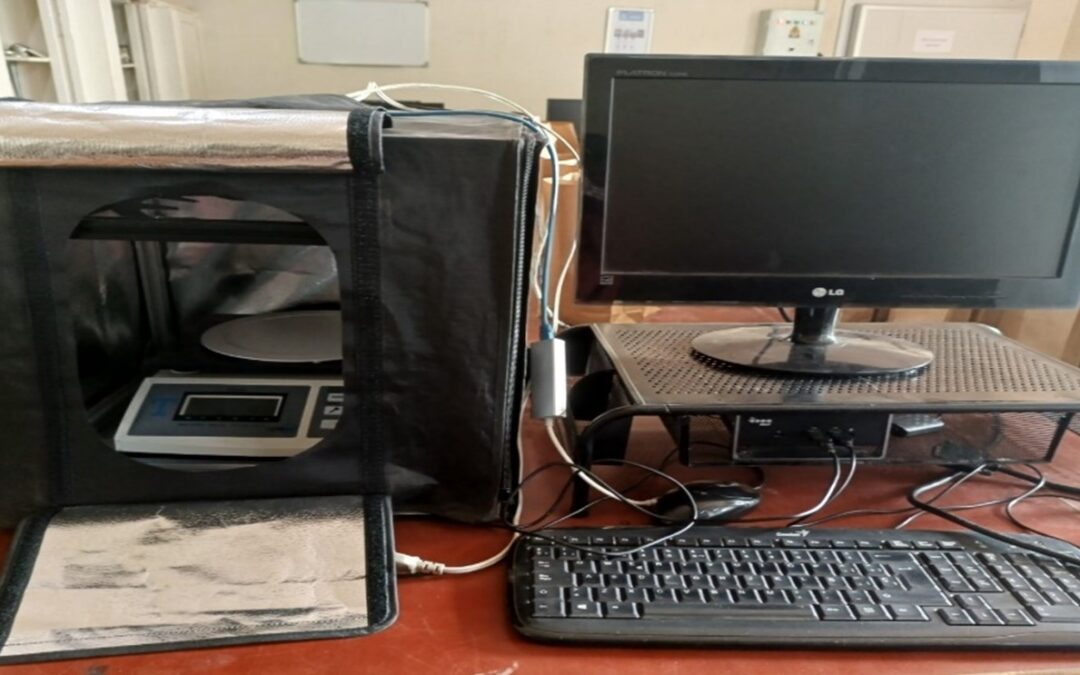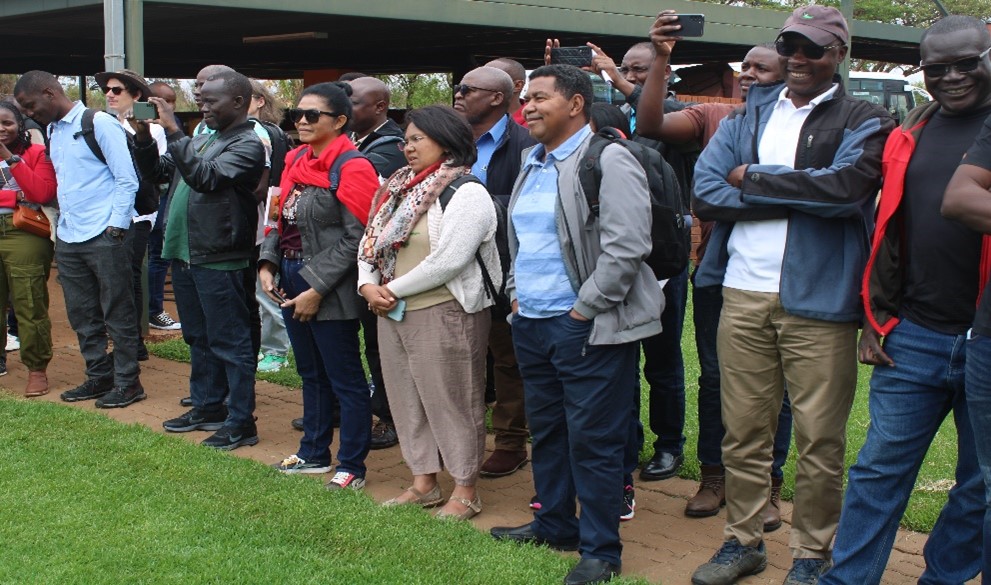By Claire Naluwooza
In the realm of plant conservation and agricultural development, digital tools are increasingly playing a pivotal role in streamlining processes and improving efficiency. One such advancement is the digital identification and registration of germplasm resources, which is critical for preserving genetic diversity and ensuring the sustainable use of plant species. A key part of this effort is the accurate classification of common bean seeds—an essential task in the breeding and development of new, climate-resilient varieties.
Traditionally, the classification of common bean seeds has been a subjective process, heavily reliant on expert opinion. Breeders would assess the seeds based on their color, shape, size, and other morphological characteristics. However, this method has significant limitations. Human eyes can only distinguish certain variations in these features, and subtle differences are often overlooked. Furthermore, manual classification is slow and inefficient, particularly when there are large volumes of germplasm to evaluate.
To address these challenges, the common bean breeding program at The Alliance of Bioversity International and CIAT in Kawanda, Kampala – Uganda has recently adopted a groundbreaking solution: the PhotoBox automated seed phenotyping platform. This digital innovation is set to transform how common bean seeds are classified and analyzed.
What is a PhotoBox?
The PhotoBox is an automated system designed to streamline the classification and counting of common bean seeds. It consists of a hood with an integrated camera and a built-in weighing scale. Using machine learning algorithms, the PhotoBox is capable of accurately classifying seeds based on their characteristics, including size, shape, and color. Additionally, it automatically counts the optimum number of seeds needed to determine the hundred seed weight (SW100), which is a crucial metric in seed quality evaluation.
The system’s output is delivered in a detailed Excel file, providing breeders with precise data for seed characterization. As the PhotoBox relies on machine learning, it becomes more efficient over time. With every new image and classification, the algorithms are trained to recognize increasingly subtle differences, enhancing the platform’s accuracy.

The PhotoBox is set to provide precise data for seed characterization for varieties like these – Photo courtesy of PABRA
Improved efficiency and capacity
The adoption of the PhotoBox has already led to significant improvements in the efficiency of seed classification at the Alliance. Previously, manual classification could process only about 40 samples per day. Now, with the PhotoBox, that number has surged by 80%, with the platform handling 90 samples a day. This increase in throughput is not just about speed—it also ensures that each sample is classified with greater accuracy and consistency.
Another notable improvement is in the generation of SW100 data. The capacity to generate this essential seed weight measure has doubled, rising from 150 to 300 samples. This increase in capacity is vital for the breeding program, as it provides more reliable data for selecting the best seeds for future planting and breeding.
Implications for seed characterization and climate-resilient breeding
The digital innovation brought by the PhotoBox has raised confidence in the seed characterization process. Breeders at the Alliance now have a more efficient and reliable tool to support their work, enabling them to better understand the genetic makeup of the seeds and identify the best candidates for breeding programs. This improved accuracy will also lead to better packaging and distribution of seeds, ensuring that National Agricultural Research Systems (NARES) and partner countries within the Pan-Africa Bean Research Alliance (PABRA) receive well-characterized seed.
For bean breeders, this is a game-changer. The ability to classify and analyze seeds quickly and accurately lays the foundation for developing climate-responsive varieties. These new varieties will be better equipped to withstand the challenges posed by climate change, including drought, pests, and diseases. This progress is crucial as the demand for resilient and high-yielding crops continues to grow, particularly in regions where food security is a major concern.
Looking ahead
The Alliance is excited about the possibilities this new technology brings and remains committed to further improving its capacity to breed common beans that meet the evolving challenges of global agriculture. As machine learning continues to improve the accuracy and efficiency of the PhotoBox, the potential for further advancements is boundless.
Through the integration of such digital innovations, the common bean breeding program is poised to accelerate the development of climate-resilient crops, making a lasting impact on food security and the livelihoods of millions of smallholder farmers across Africa and beyond.
Indeed, these are exciting times at the Alliance, and the PhotoBox represents a significant step forward in ensuring that the future of common bean farming is both sustainable and scientifically driven.



